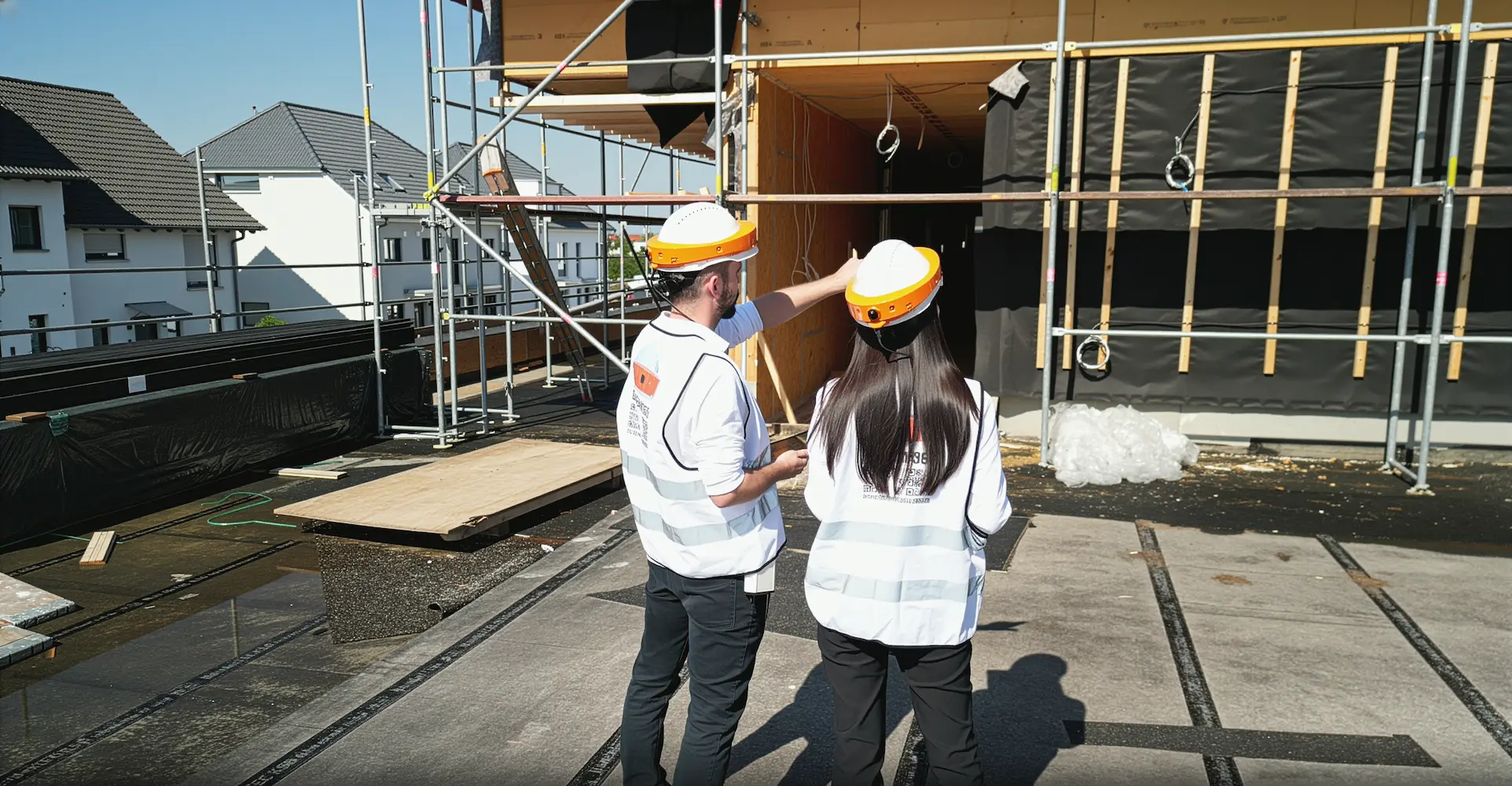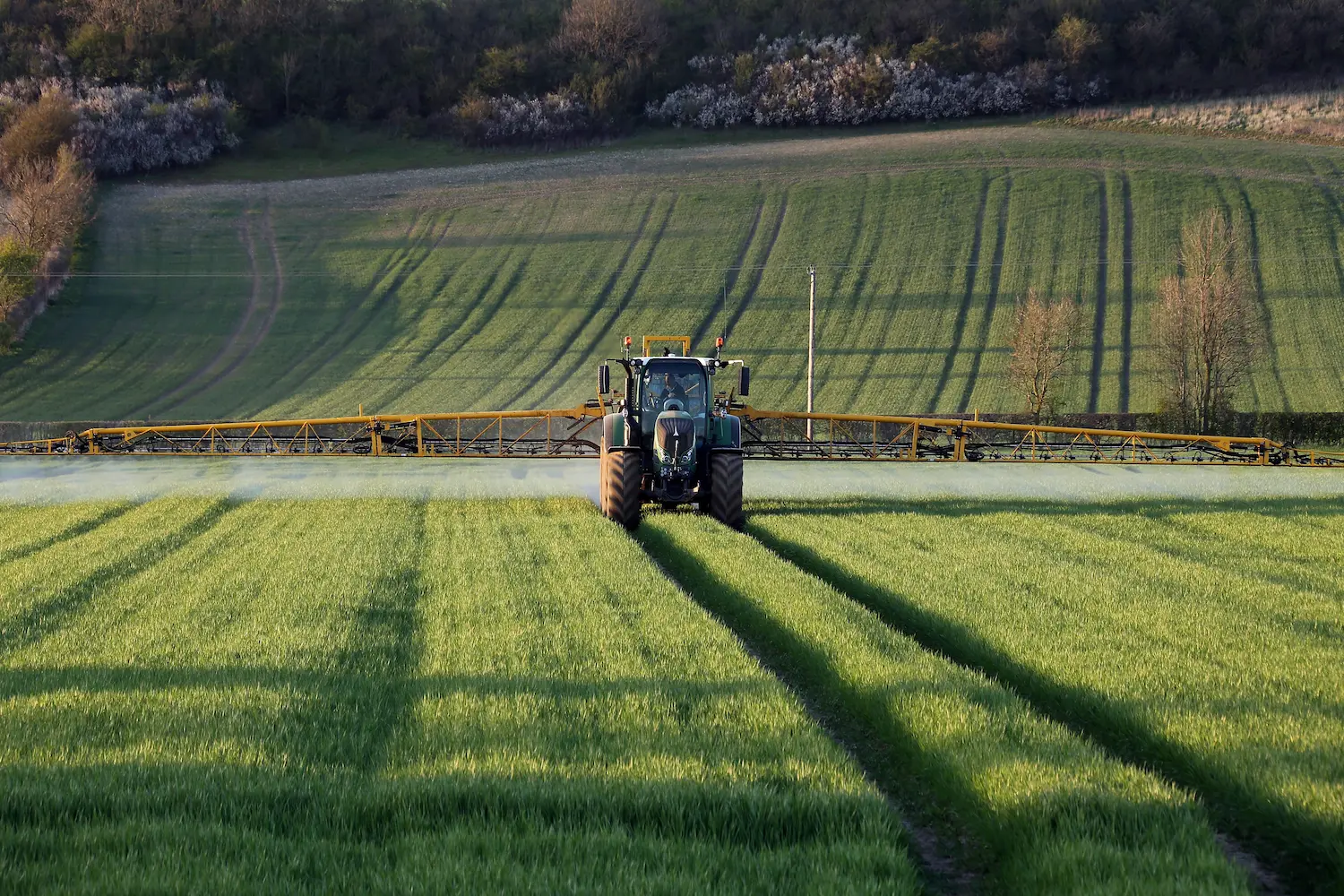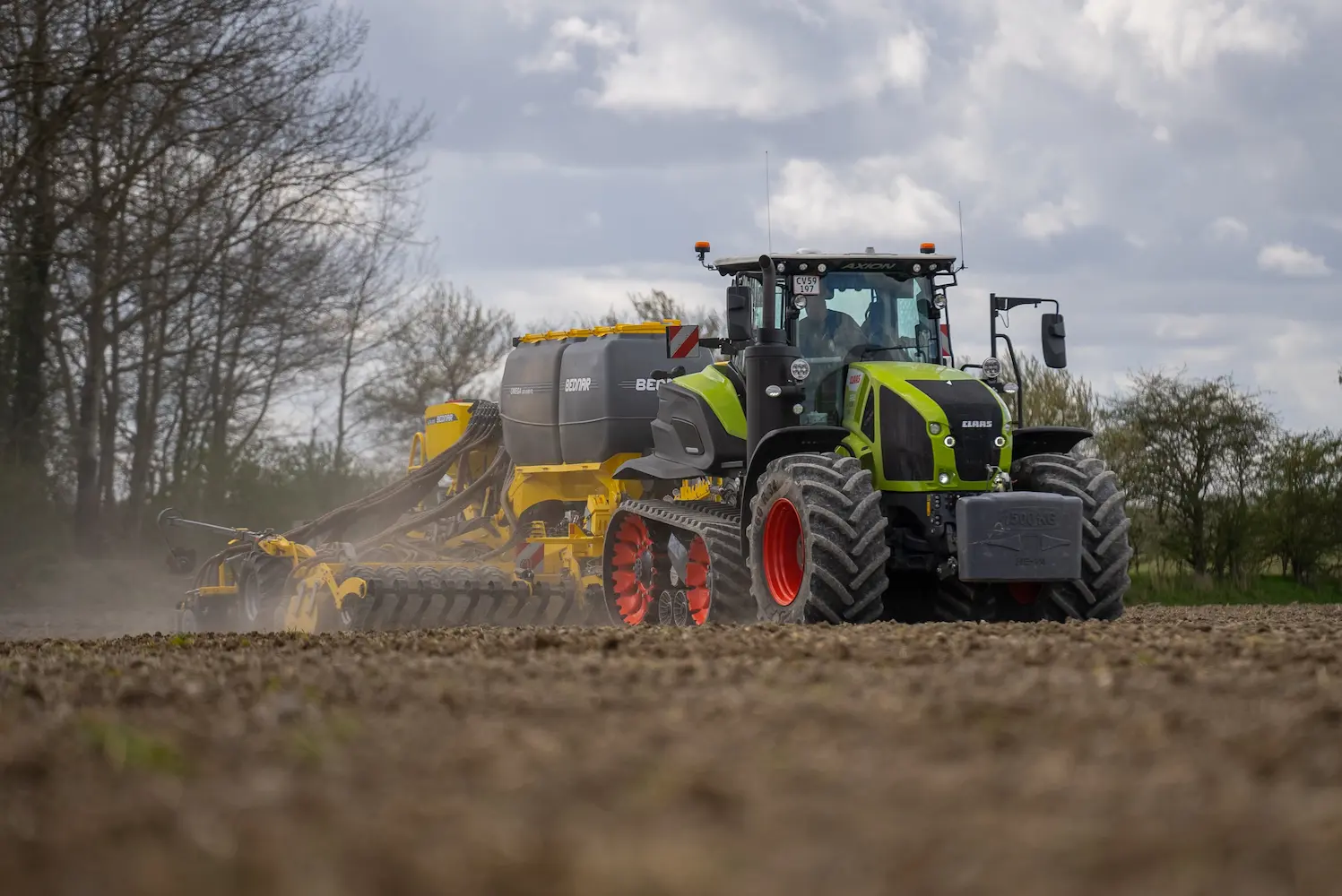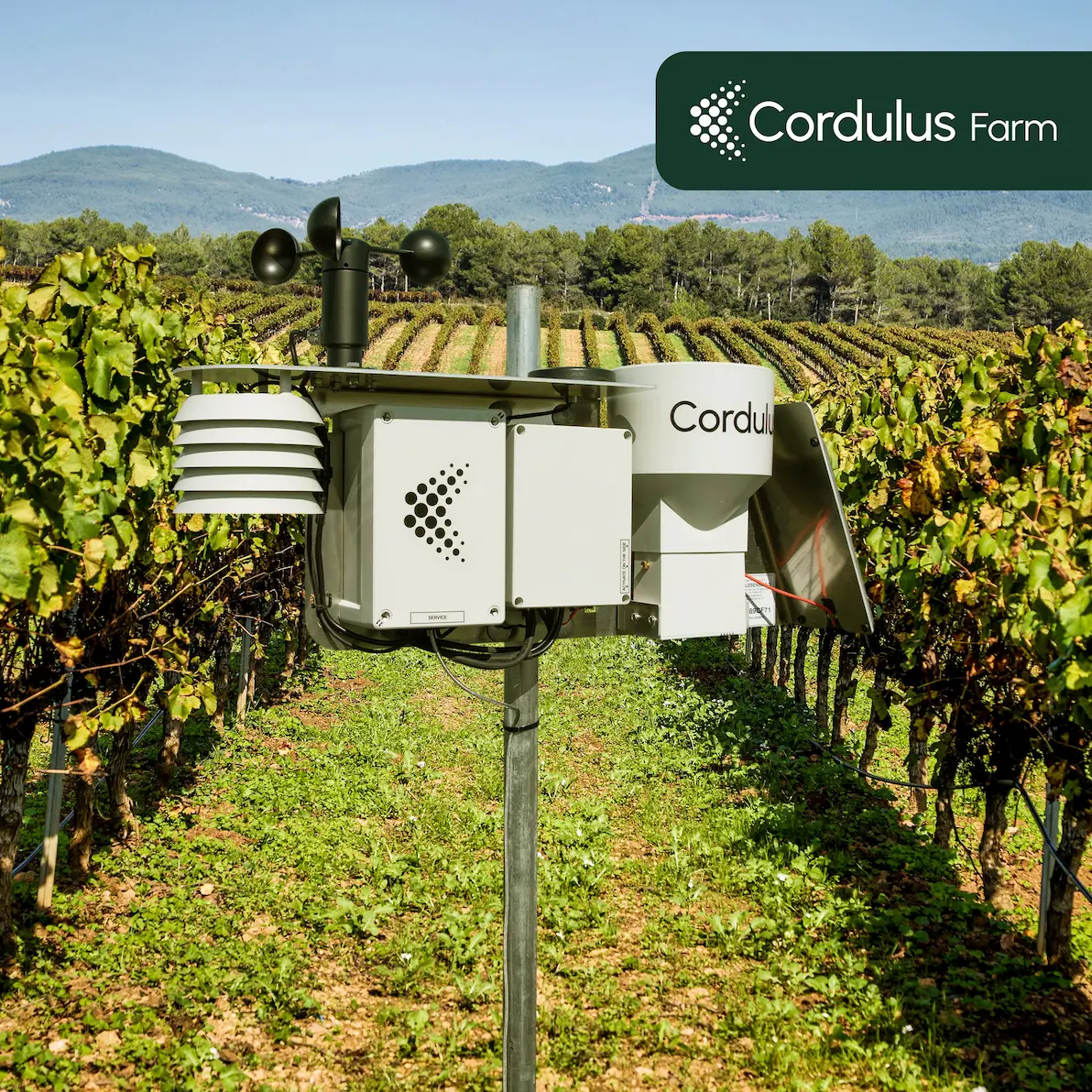Rainfall monitoring device in agriculture: Why rain gauges are essential for modern farming
.webp)
Weather is one of the most critical—and unpredictable—factors in agriculture. For centuries, farmers have relied on intuition and a careful watch on the sky to make crucial crop decisions. Today, a powerful and accessible tool is transforming this process: the rainfall monitoring device. This technology is reshaping how farms operate, leading to healthier crops, increased yields, and more sustainable practices.
Understanding the importance of water in agriculture
Water is the lifeblood of any farm. Too little can result in drought stress, stunted growth, and crop failure. Too much can cause waterlogged soil, root rot, and nutrient runoff. The ideal amount is a delicate balance that depends on crop type, soil composition, and growth stage. Accurately knowing how much rain has fallen, and when, is the first step toward maintaining this balance effectively.
While a traditional rain gauge can give a basic measurement, it lacks the precision and insight of a modern weather station. These devices track not only the total rainfall, but also the timing, duration, and intensity of each event, providing a complete picture of your farm’s water intake.
What is a rain gauge?
A rainfall monitoring device—also known as a digital rain gauge, precipitation sensor, or agricultural rain sensor—is designed to measure and record precipitation with high accuracy.
The most common type uses a collecting funnel and a tipping bucket mechanism. As rain fills the bucket, it tips and triggers a sensor that logs the measurement. Data is then transmitted wirelessly to a central hub or mobile app, giving you real-time access from anywhere.
Other technologies, such as optical sensors and weighing gauges, are also used in agriculture, each offering advantages in specific climates or farming systems. Many modern devices integrate seamlessly with weather stations and other environmental sensors, combining rainfall data with measurements of soil moisture, temperature, and humidity to give farmers a comprehensive view of field conditions.
Key benefits of tracking the weather
Optimizing irrigation schedules
Real-time data allows farmers to adjust irrigation precisely. If a significant rain event has occurred, irrigation can be delayed—saving water, energy, and costs while preventing overwatering and associated plant health issues.
Improving soil health and nutrient management
Heavy rainfall can cause nutrient leaching, washing away essential fertilizers from the root zone. By tracking rainfall intensity, farmers can adapt fertilization schedules to reduce waste and protect soil health, supporting a healthy microbial ecosystem.
Enhancing crop yields and quality
Consistent and well-managed water supply leads to stronger plants, better fruit set, and higher-quality produce. By removing guesswork, a rainfall monitoring system ensures crops receive the right amount of water at the right time.
Making proactive farming decisions
Accurate rainfall tracking helps farmers prepare for changing conditions—whether adjusting spraying schedules ahead of a storm, securing equipment before heavy rain, or planning supplemental irrigation during dry spells.
Promoting sustainable farming practices
By avoiding unnecessary irrigation, farmers conserve water, reduce energy use, and lower their environmental footprint. This supports long-term farm sustainability while making efficient use of natural resources.
Choosing the right agricultural sensor
When selecting a weather data system, consider:
- Accuracy and reliability – The device should be precisely calibrated, with consistent data transmission.
Connectivity and data access – Wireless connectivity via Wi-Fi or cellular networks allows for remote monitoring and easy data visualization through an app or web interface. - Integration with other systems – Choose a device that works smoothly with existing soil moisture sensors, weather stations, or automated irrigation systems.
- Durability – Agricultural environments demand robust, weather-resistant materials.
- Ease of installation – Straightforward setup saves time and ensures the device is operational quickly.
If you're interested in more information about how to choose the right weather tracking tool, you can read more here.
The future of farming is data-driven
The role of intuition in farming will always be valuable, but the future belongs to data-driven decision-making. A rainfall monitoring device is a foundational part of this shift, offering precision and insight that empower farmers to work smarter, more efficiently, and more sustainably.
Investing in this technology is more than purchasing equipment—it is a step toward healthier crops, more resilient land, and the future success of your farm. By turning every drop of rain into actionable information, farmers can confidently navigate the challenges of modern agriculture.
Published:
August 12, 2025

.webp)

%20(1)%20(1).webp)




%20(1).webp)








.webp)

.webp)




.webp)

_web.webp)






.webp)









